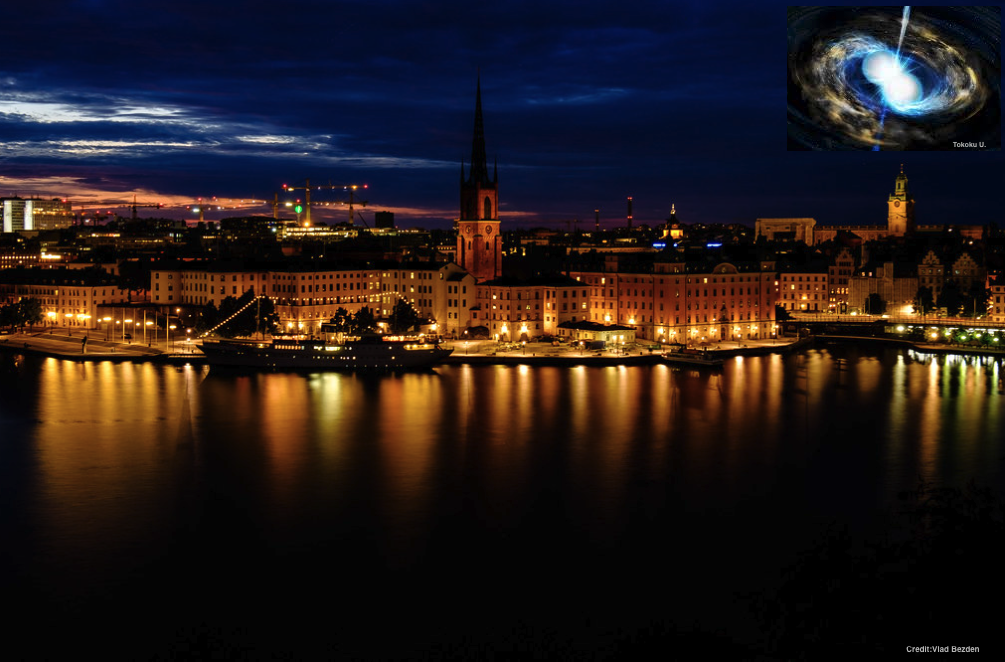The detection of the gravitational wave (GW) signal GW170817 and the electromagnetic (EM) signal AT2017gfo confirmed the association between binary neutron star (BNS) mergers and kilonovae (KNe) and showed the potential of joint detection to unveil the nature of neutron stars and the nucleosynthesis of heavy elements in the Universe. The next-generation GW interferometers, such as the Einstein...
Since the extraordinary observations of AT2017gfo, we have seen many complementary advancements in our capability to observe kilonovae and model them. However, our sample of confident kilonovae candidates remains small, with many candidates since AT2017gfo contaminated by the afterglow from a gamma-ray burst. In this talk, I will highlight the issues we need to resolve to decouple kilonovae...
The detection of an electromagnetic counterpart to the gravitational-wave source GW 170817 marked year zero of the multi-messenger gravitational-wave era. This event was generated by the coalescence of two neutron stars and gave rise to an electromagnetic transient, dubbed a “kilonova”, powered by the radioactive decay of heavy (r-process) nuclei synthesised during the merger. In this talk, I...
Binary neutron star mergers are expected to produce a relativistic jet and a fast dynamical ejecta, with mildly relativistic velocities extending to $\beta=v/c>0.6$. We consider the radio to X-ray synchrotron emission produced by collisionless shocks driven by such spherical fast ejecta into the interstellar medium. We provide analytic expressions for this non-thermal emission, which are an...
Observed properties of kilonovae are largely controlled by atomic properties of synthesized heavy elements. This means that we can study the heavy element nucleosynthesis in neutron star mergers by decoding light curves and spectra of kilonovae. To have a better link between theory and observations, we have systematically constructed atomic data of heavy elements. In this talk, we will...
The detection of GW170817 and the accompanying electromagnetic counterpart, AT2017gfo, have provided an important set of observational constraints for the high density Equation of State and r-process nucleosynthesis. To interpret the observations of AT2017gfo, detailed theoretical models are required. The majority of binary neutron star ejecta models considered when simulating kilonovae have...
The observed luminosity of astronomical transients, such as Type Ia supernovae (Ia SNe) or Kilonovae (KNe) that follow neutron star mergers (NSMs), is powered by radioactive decay of unstable nuclei in rapidly expanding ejecta. Understanding the thermalization process of high energy particles produced by radioactive decay is essential for modeling the light curves, and thus for inferring from...

